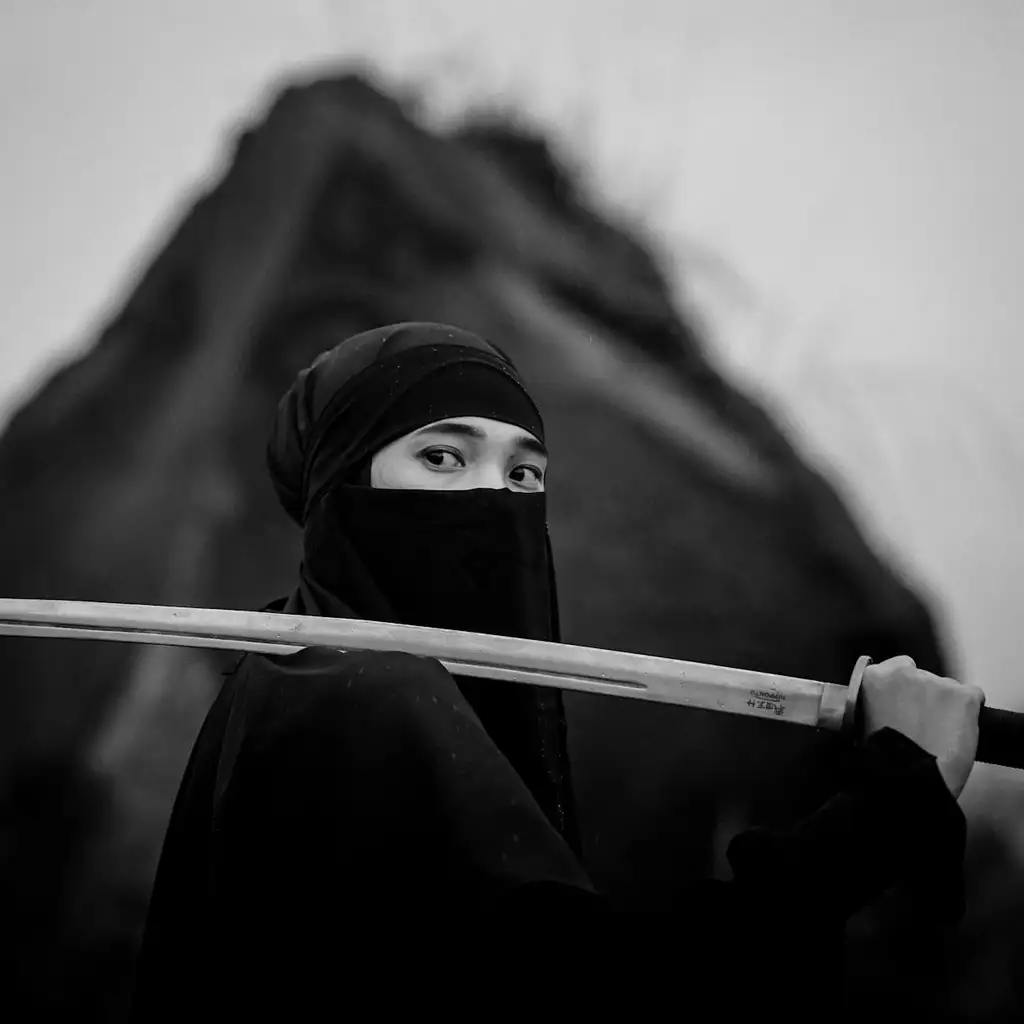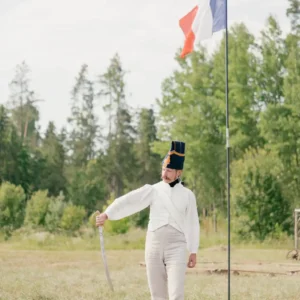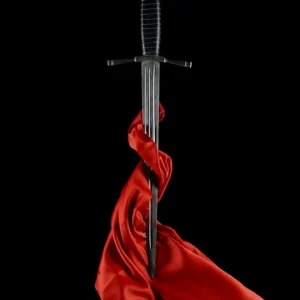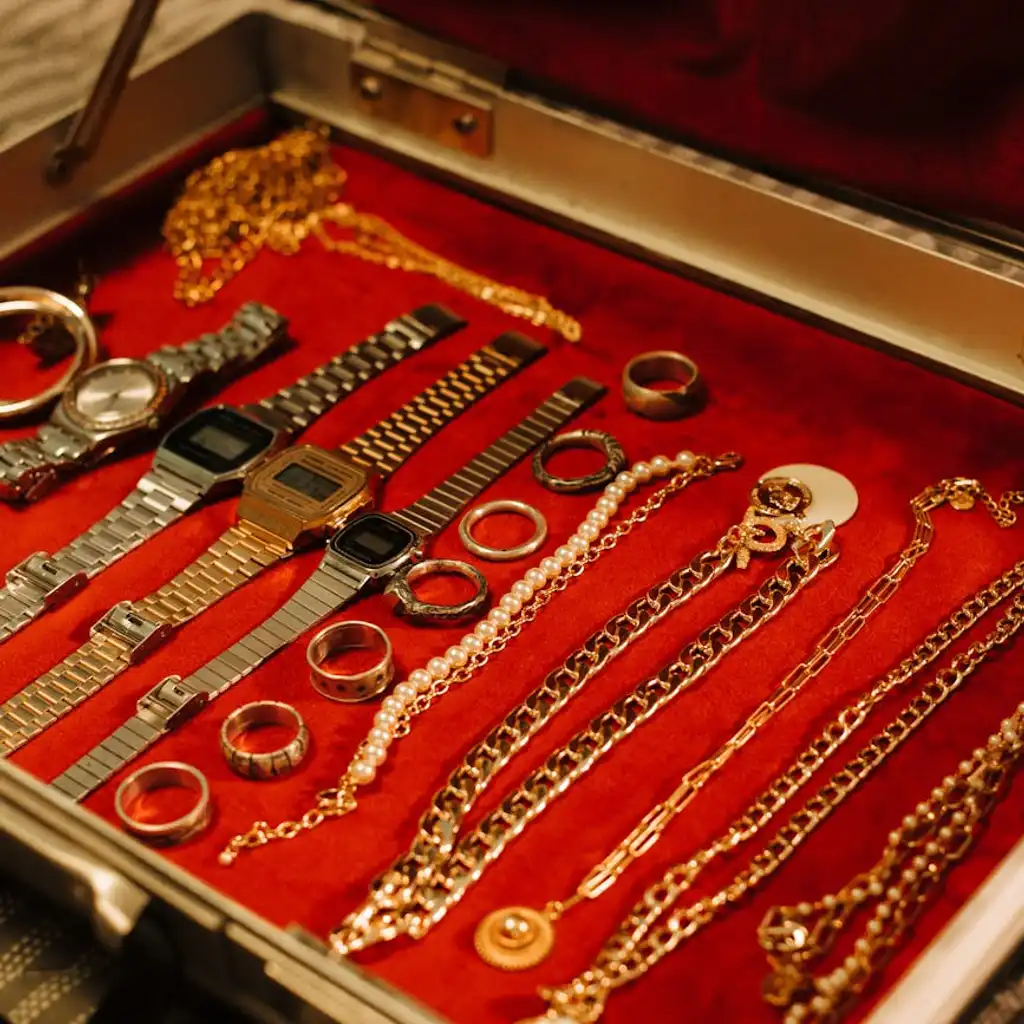The Japanese sword, with its elegant “kissaki” tip, graceful curve, and intricately designed “tsuba” hand guard, is both a masterpiece of art and a powerful weapon. For Paul Martin, a Londoner who has made Tokyo his home, this fascination with Japanese martial arts and history was sparked by the 1974 film “The Yakuza.”
Martin’s passion, combined with rigorous study, led him to become the head of the British Museum’s Japanese arms and armor collection. “The Japanese sword serves many purposes beyond being a weapon,” Martin, now a globally recognized katana expert, explained. “It holds spiritual value and is integral to various ceremonies, from weddings to funerals.”
He highlights that these swords are cherished family heirlooms, passed down through generations, and are admired by collectors for their exquisite craftsmanship. “Viewing one of these swords is unlike looking at a painting,” he noted. “The beauty and significance are subjective. Some swords just resonate with you.”
From London to Tokyo: A Unique Journey
Martin’s journey to becoming a leading figure in the world of Japanese swords is unique. A skilled martial artist, he has been England’s lightweight karate champion three times and holds a fourth dan in kendo. His path began unexpectedly in 1993 when he took a job as a security guard at the British Museum.
While working there, Martin studied Japanese in his spare time and engaged with Japanese visitors, deepening his interest in the museum’s Japanese collection. His passion and knowledge eventually secured him a curator position. The museum boasts around 250 Japanese swords, many donated by a British collector from the Meiji Era.
Preserving a Rich Heritage
Among the museum’s notable items is a 15th-century dagger by Kanefusa, gifted by Emperor Meiji to Lord Redesdale. Another prized piece is an 11th-century “tachi” blade, crafted by Yoshikane in Okayama Prefecture. Martin feels privileged to have learned from Victor Harris, the UK’s only Japanese-trained sword specialist at the time.
Inspired by his mentor, Martin furthered his studies in Japanese language, martial arts, and swords. Though he still works with the British Museum on projects, he realized the need to be in Japan permanently to deepen his studies. After spending six years in Japan and completing a Master of Arts in Asian Studies at the University of California, Berkeley, he returned to Japan.
Bridging Cultures Through Swords
Now based in Japan, Martin consults for overseas collectors of high-quality swords, many of whom admire the craftsmanship but cannot speak Japanese. He is also involved in writing books, producing DVDs, and appearing in documentaries about Japanese weapons and history, including programs for the Discovery Channel and the History Channel.
One of his independent projects, “Forgive, Don’t Forget,” follows the journey of a former U.S. serviceman’s son as he seeks the original Japanese owner of a sword brought back to America after World War II. “My main aim is to introduce Japanese swords to the world from a Japanese perspective,” Martin stated.
He hopes to ensure that antique swords are preserved both in Japan and abroad and to promote the dwindling number of craftsmen in Japan who continue this traditional craft. Of the approximately 300 active swordsmiths in Japan, about 80 work full-time, carrying on the legacy of their ancestors.
“I want to act as a bridge between Japan and the West, showcasing the skill and knowledge that goes into these blades,” Martin said. “In doing so, I hope more people will appreciate the craftsmanship and dedication of these artisans.”








